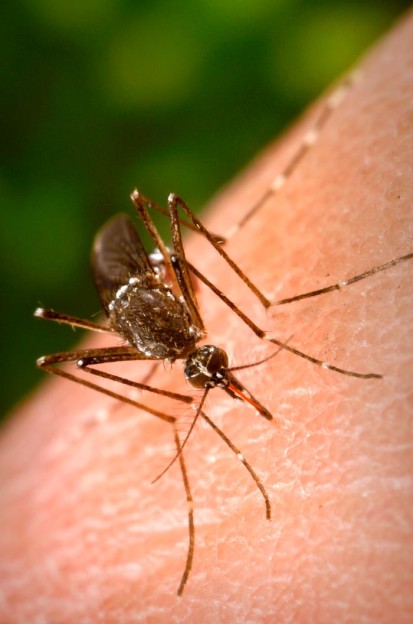The chikungunya epidemic in the Western hemisphere has increased by 3,000 cases during the past week with the new tally at 1,247,000 since the first autochthonous cases were reported on the Caribbean island of St. Martin in December 2013. 183 fatalities have been reported.

Countries reporting an largest increase in cases include Puerto Rico (1,700) and El Salvador (1,383). The Dominican Republic and Colombia continues to have reported the most cumulative cases to date with 539,183 and 177,187 cases, respectively.
In 2015 to date, the United States has seen 43 imported chikungunya cases from 13 states as of Feb. 24. During 2015, no locally-transmitted cases have been reported from U.S. states.
In the Pacific, the French Polynesia outbreak is at more than 69,000 estimated cases since 10 October 2014, as of 25 January 2015. 728 hospitalizations, 48 severe cases, 9 fatal cases have been documented. Officials say the outbreak is decreasing.
Elsewhere in the Pacific Islands, Samoa has reported 4,431 cases since 21 July 2014 as the outbreak winds down.
Chikungunya outbreaks are increasing in New Caledonia (50 cases), the Cook Islands (83) and Kiribati (36).
Chikungunya is a viral disease transmitted by the bite of infected mosquitoes such as Aedes aegypti and Aedes albopictus. It can cause high fever, join and muscle pain, and headache. Chikungunya does not often result in death, but the joint pain may last for months or years and may become a cause of chronic pain and disability.
There is no specific treatment for chikungunya infection, nor any vaccine to prevent it. Pending the development of a new vaccine, the only effective means of prevention is to protect individuals against mosquito bites.


Why have you not mentioned Jamacia at all in this article? they had thousands of people affected by this chikungunya virus…??? please if you can update your information and post that Jamacia is included.
Thank you.
You might want to know that Jamacia had a type of medical convention back in 2012 about this virus to the entire region..so it is weird you have not included that country in your report/article..